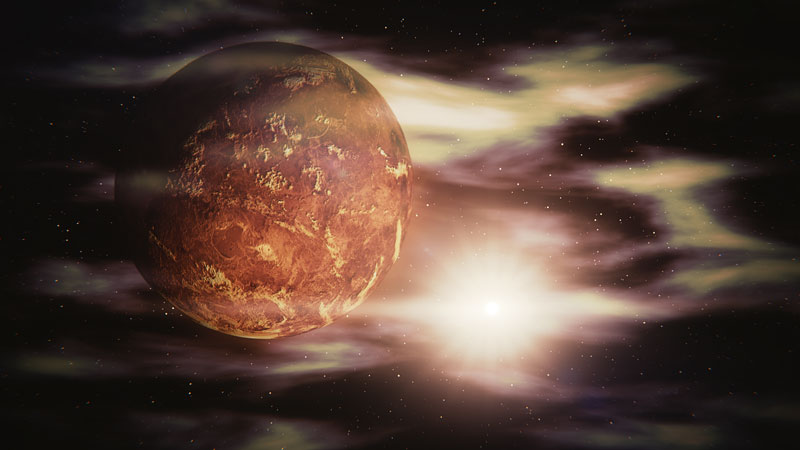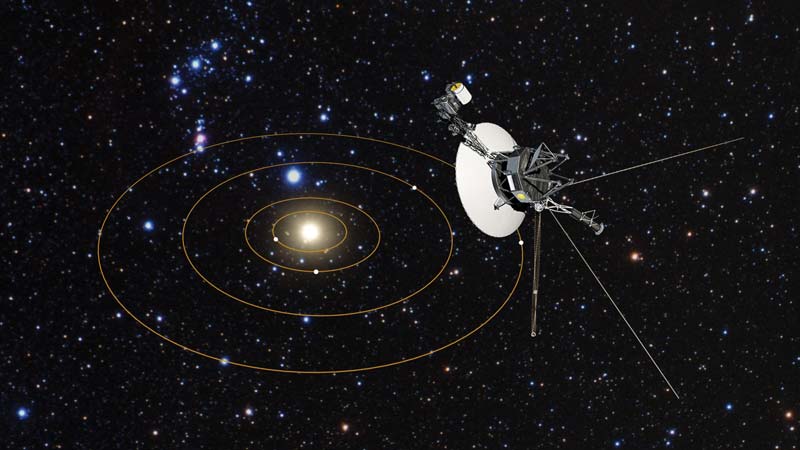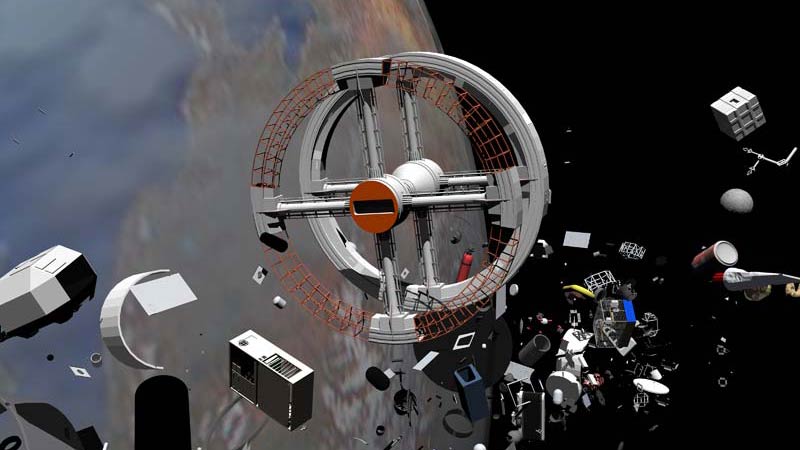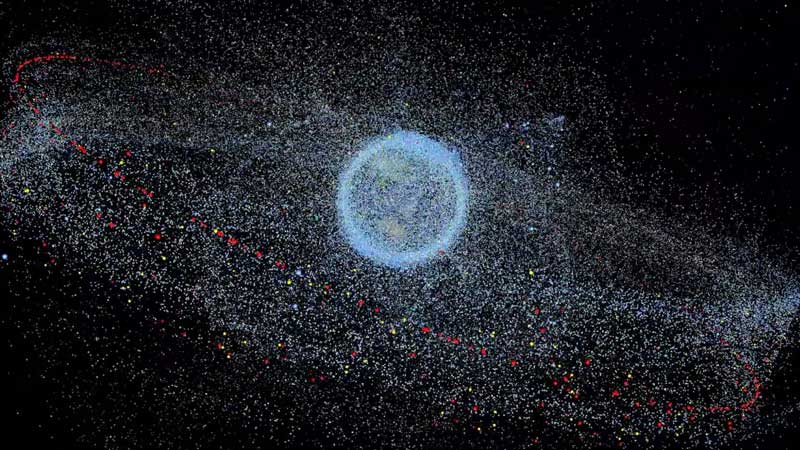Table of Contents

I’m Efe, 16. I’m studying at the Istanbul High School , one of the most prestigious high schools in Turkey.
I have been a professional chess player for 9 years.
I want to study Physics at the university.
Scientists from the Royal Astronomical Society announced a discovery that could potentially change our lives completely. They found phosphine gas in the atmosphere of the planet Venus.
This news, which does not seem very important at first, is actually not at all. Even if it’s unbelievable, it could be a sign of life
Reverse Twins: Earth and Venus
To understand this breakthrough discovery, it is necessary to know the properties of the planet Venus. Venus is 2nd Planet in distance from the sun. Although it is not the closest, it is the hottest planet in the solar system. This feature is what distinguishes Venus from other planets.
Billions of years ago Venus and Earth looked like true twins. They had similar dimensions and elements. It was the element carbon that made the difference between the fates of these twins.

There is a significant amount of carbon in the structure of Earth and Venus. So how did gigantic differences arise between these two planets? The answer is the physical state of the carbon atom.
Most of the carbon in the earth’s structure is in solid form (like coal), while most of the carbon in Venus’s structure is in the gaseous in atmosphere.
Planets’ atmospheres play a decisive role in many properties of planets. The feature that concerns us now is its effect on the average temperature of the planet.
The Earth’s atmosphere is 78% nitrogen and 21% oxygen. These gases take in sunlight enough to be suitable for life into the planet and allow excess light to escape.
Venus’s atmosphere is composed of 96.5% carbon dioxide. Carbon dioxide is a gas that causes global warming. This is because its atmosphere turns the planet into an oven by absorbing sunlight and preventing it from leaving the atmosphere.

But how does the presence of phosphine gas in the planet’s atmosphere relate to the existence of life? Even if it were, how could anything be alive on such a hot planet? The mystery of the universe seems to wink at us. Let’s dig into this mystery.
Finding Phosphine Gas in the Atmosphere
Let’s briefly examine phosphine gas. Its chemical formula is PH3.
Phosphine can be prepared in a variety of ways. It can be made industrially by reacting white phosphorus with sodium or potassium hydroxide, producing potassium hypophosphite or sodium hypophosphite and phosphine as a byproduct.
3 KOH + P4 + 3 H2O → 3 KH2PO2 + PH3
Alternatively, acid-catalyzed disproportion of white phosphorus creates phosphoric acid and phosphine. Both ways are of industrial importance
Phosphine is a component of the Earth’s atmosphere at very low and highly variable concentrations. It can contribute significantly to the global phosphorus biochemical cycle.

It is also found in the turbulent atmosphere of Jupiter, where it forms in the warm interior of the planet and reacts with other compounds in the upper atmosphere. Abiotic synthesis of phosphine requires an enormous amount of energy, as in the planetary-sized convective storms of gas giants.

Is Phosphine Really Proof of Alien Life in the Venus?
So how did Venus generate this energy?
There are two ways to produce it:
- Very strong lightning
- Very severe volcanic eruptions
We know from research done in Venus’s atmosphere that both possibilities are invalid. Is it produced by bacteria like the world? But can we make assumptions based on the world ecosystem in a very warm environment?

These reactions may not occur on its surface. However, the dense clouds of carbon that are characteristic of Venus are not that hot inside. Bacteria life may have started among those clouds by a method we do not know.
If so, we are no longer alone in the universe. Even if it is in the form of bacteria, it means that life comes about by itself. Maybe if we wait billions of years, it means that intelligent life forms like ours could form.
However, scientists consider this possibility difficult. Even if the temperatures of the clouds are habitable, they are very acidic. Even if this is not a complete obstacle, the possibility is very low.

The extreme conditions of Venus make it impossible to set up an experiment. We have to leave Earth to prove it. We have not previously observed that the spacecraft we will send deteriorate due to high temperatures.
Technology has improved a lot since then. We are confident that these findings will emerge more and more research will be conducted. And we have nothing to do but wait for news from them.






Very good. (ich küsse deine Mutter)